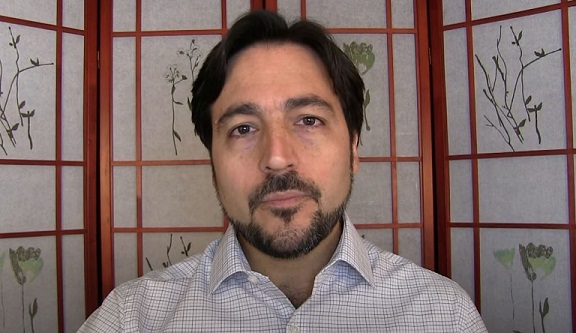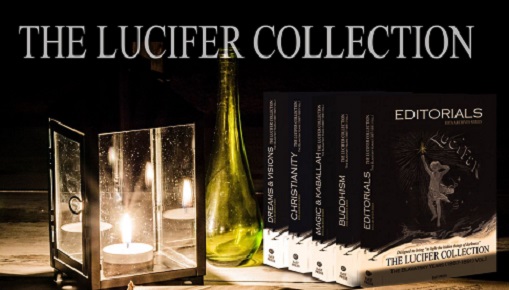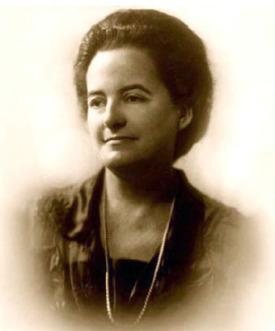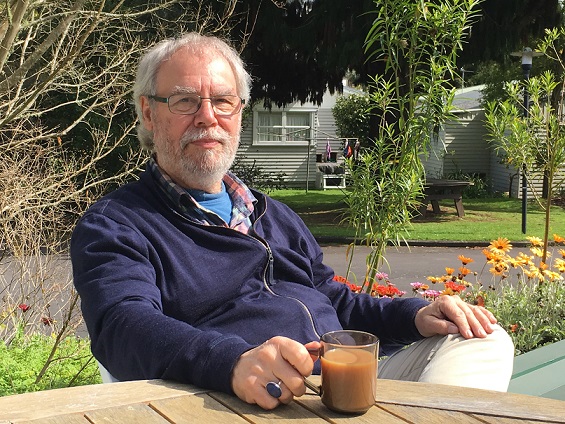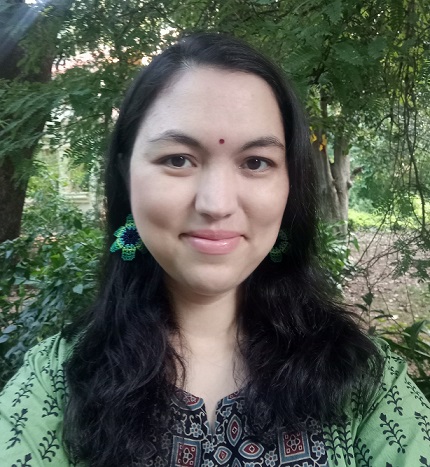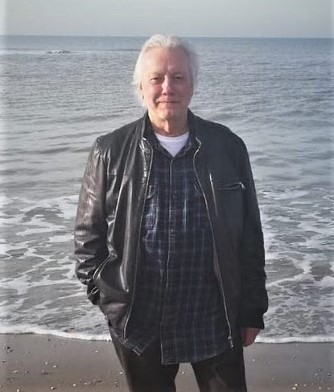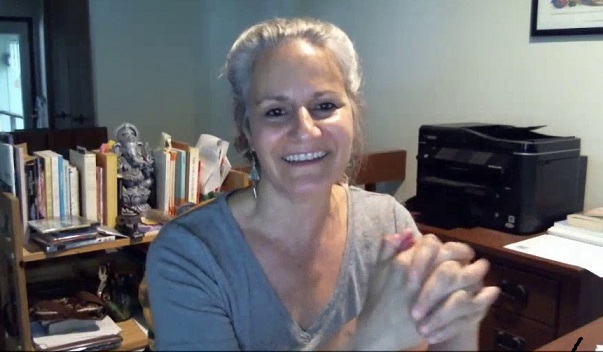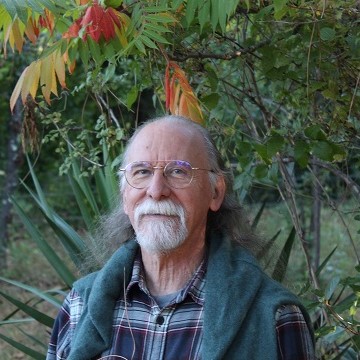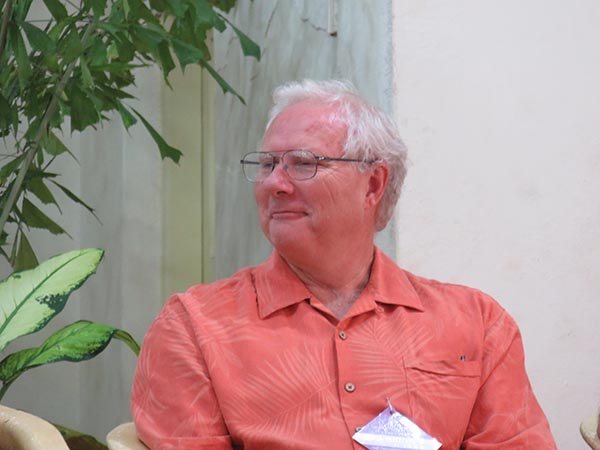Alas and after - In Search of the Dynamics of Unity
Jonathan Colbert – USA
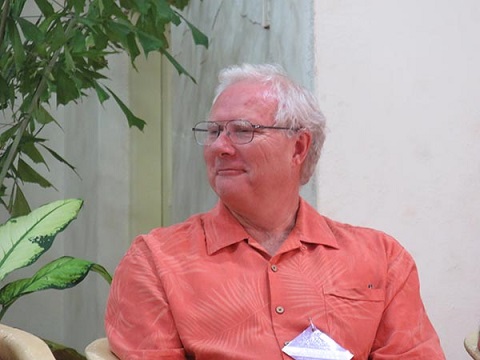
Jonatan Colbert during the 142nd International; Convention in Adyar - January 2018
-------
The chiefs want a Brotherhood of Man
Mahatma, K.H.
Instead of our three Objects being, as often erroneously supposed, separate, distinct, disconnected, they are in truth intimately and vitally related to each other.
Bertram Keightley
During the years of conversing with Jim Colbert (my father) and his consort Sally Colbert as they envisioned the unfoldings of the ITC (International Theosophy Conferences), and during my years of serving on the Board of the ITC, I came to understand that all the distinct theosophical traditions have a unique genius to offer the world. A few years ago, I submitted an essay to Theosophy Forward called, “Concentric Circles: Why I Support the ITC.” In it, I made the case that all the theosophical traditions have the same center, that of universal brotherhood. I wrote then and I still believe that integrity, purity, and generosity are the hallmarks of each of the existing mainstreams, each in their own way.

